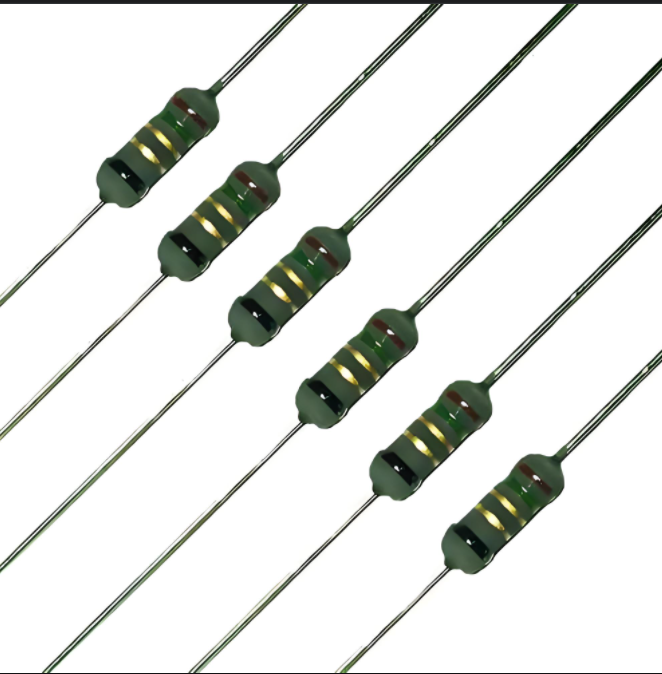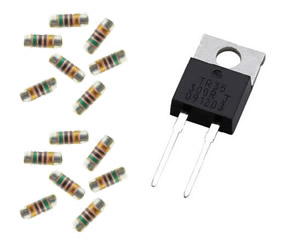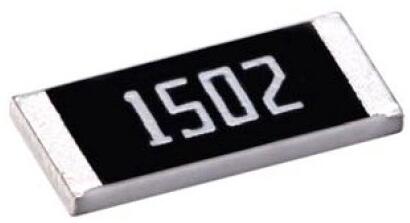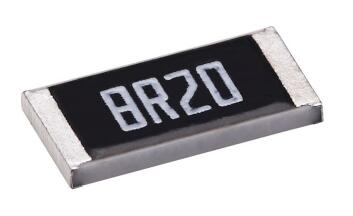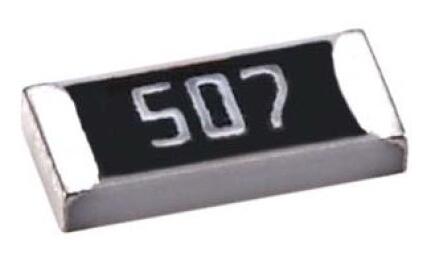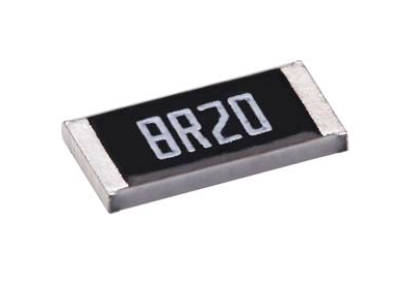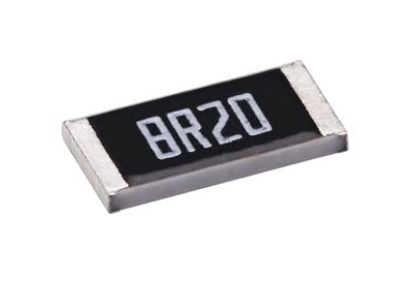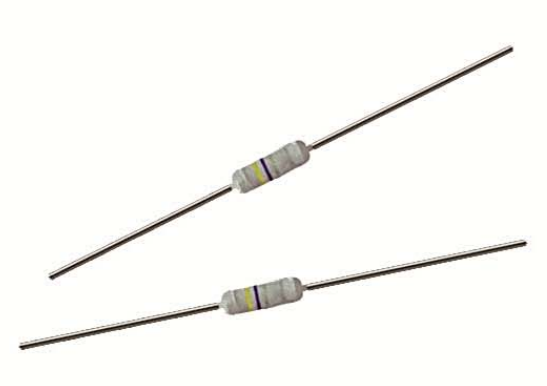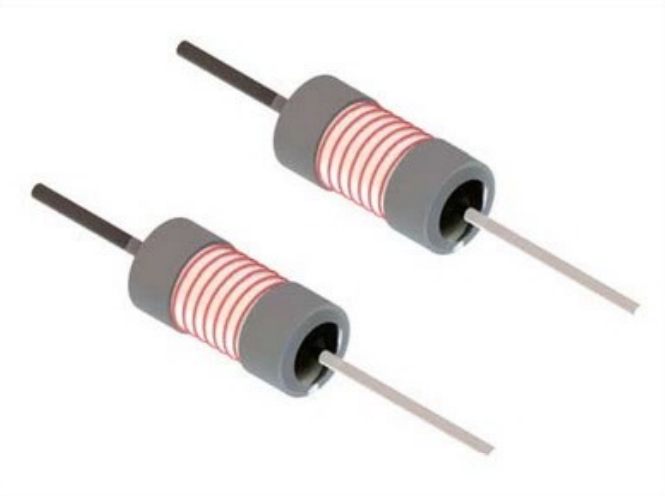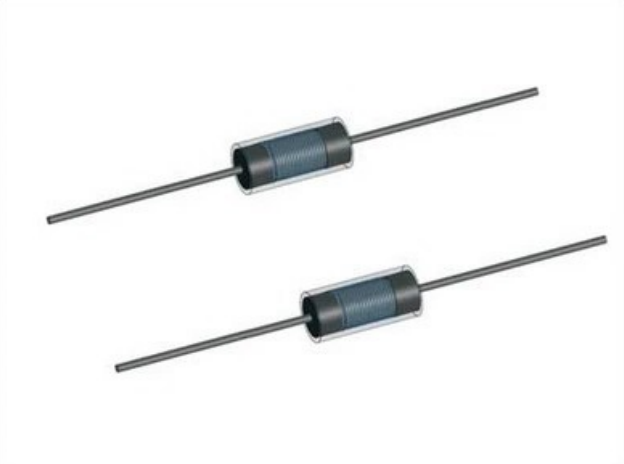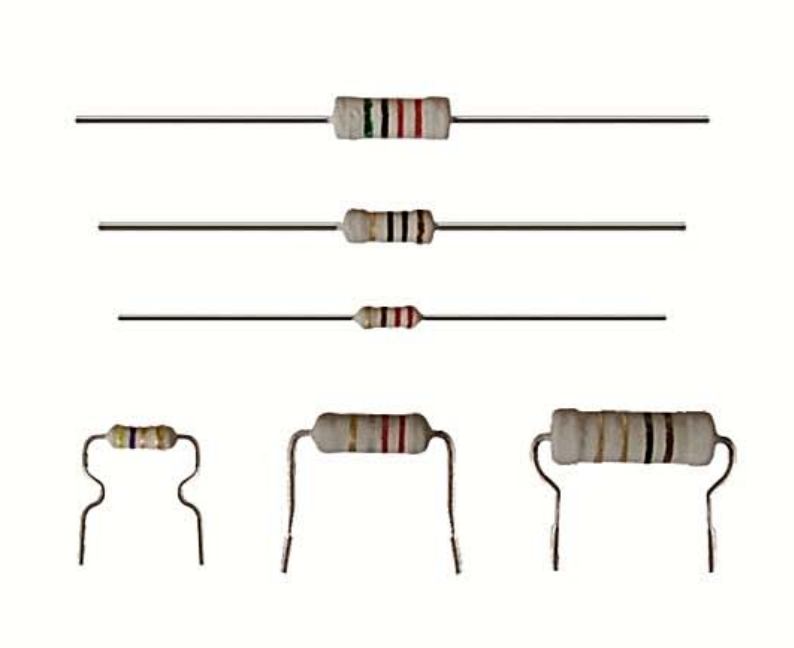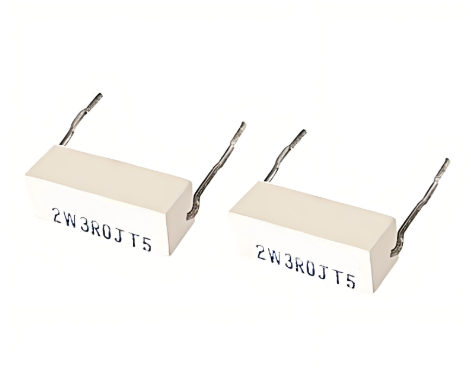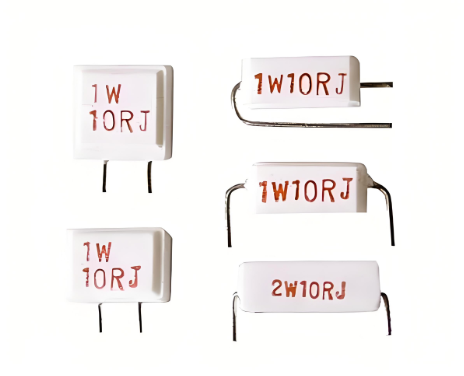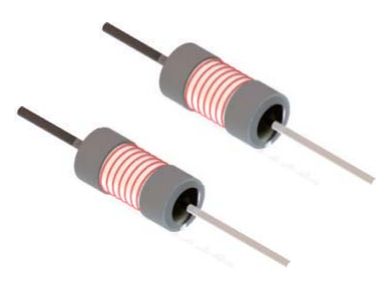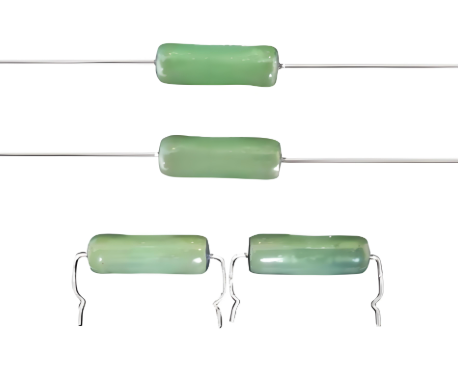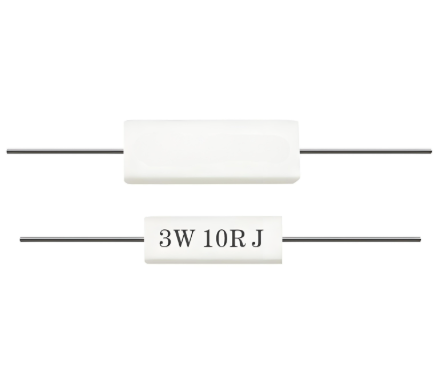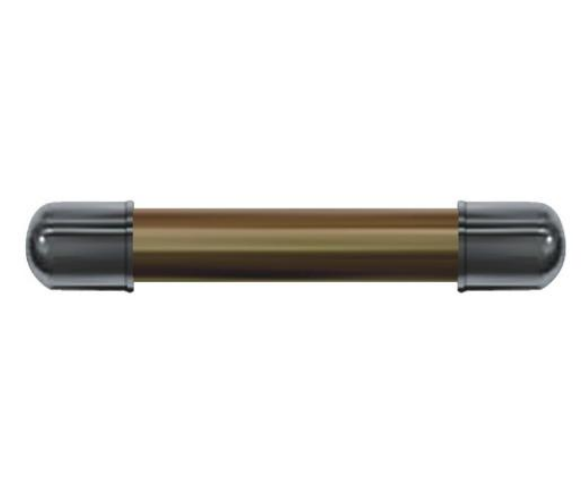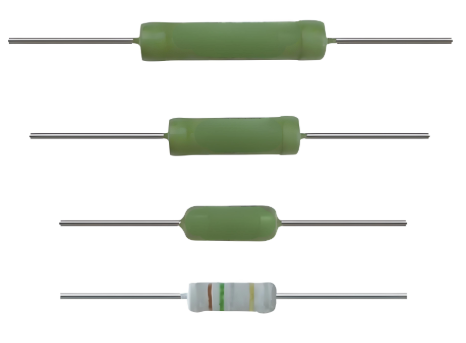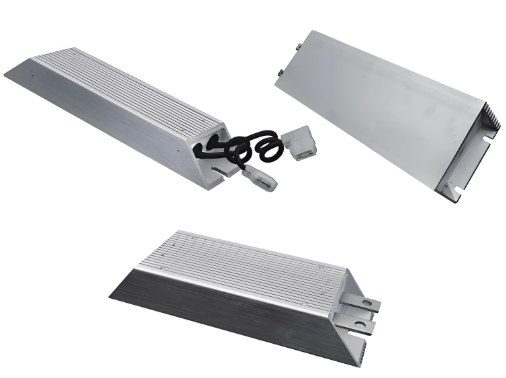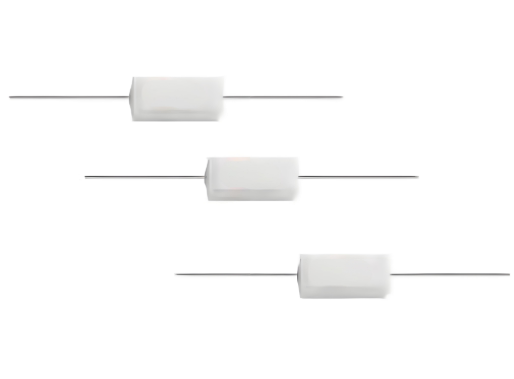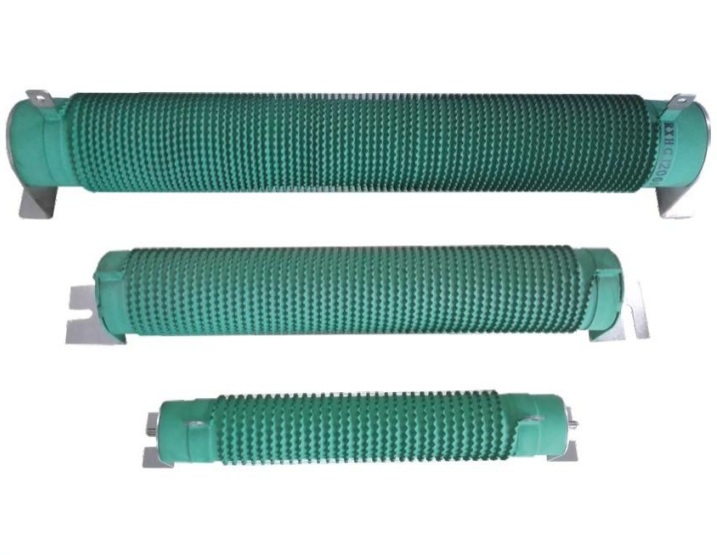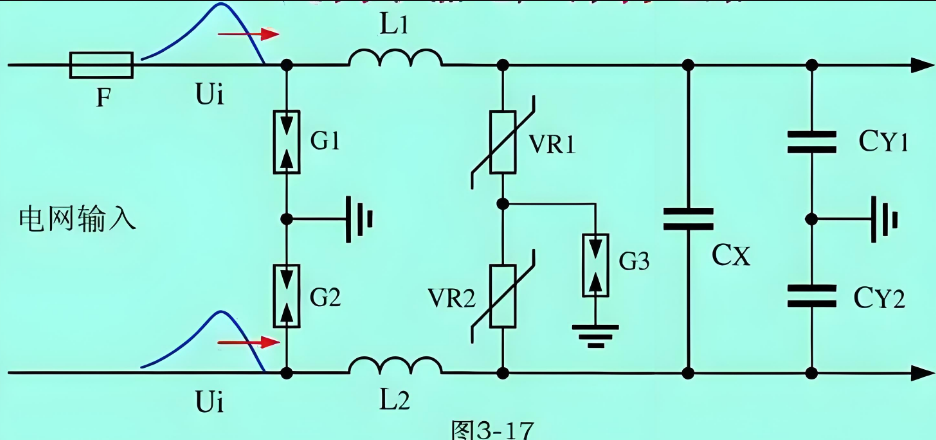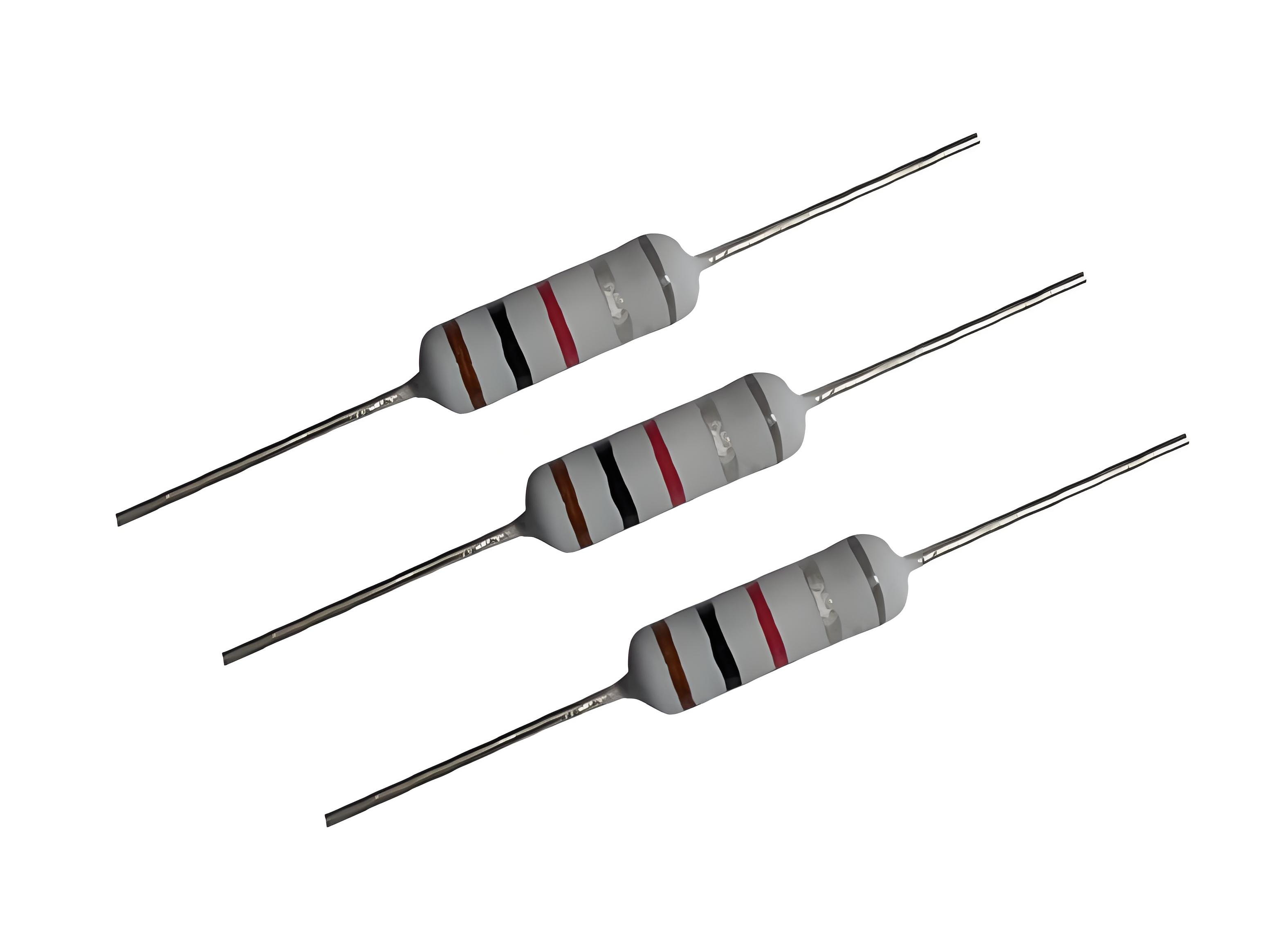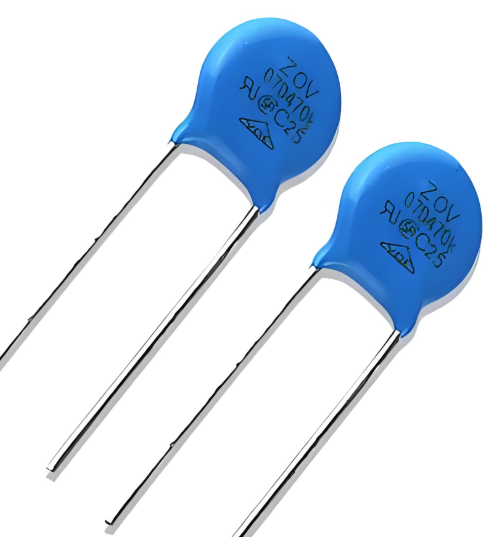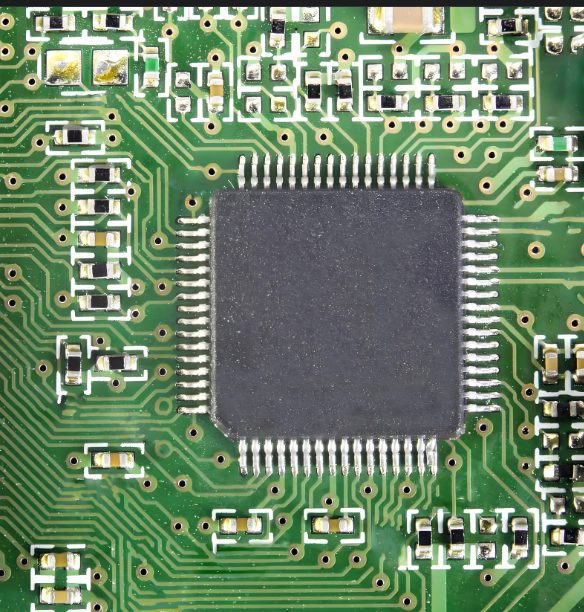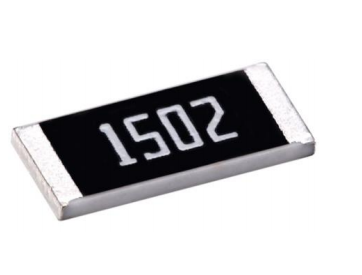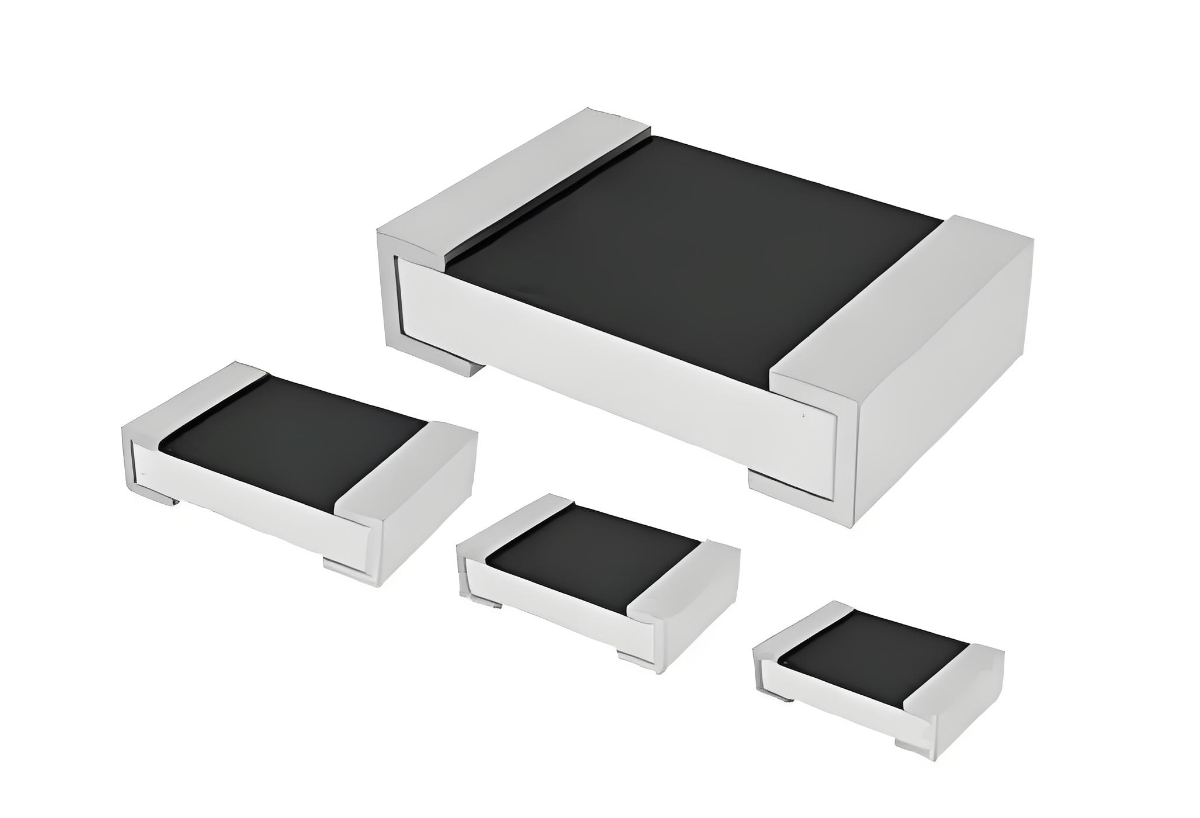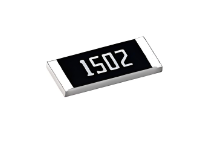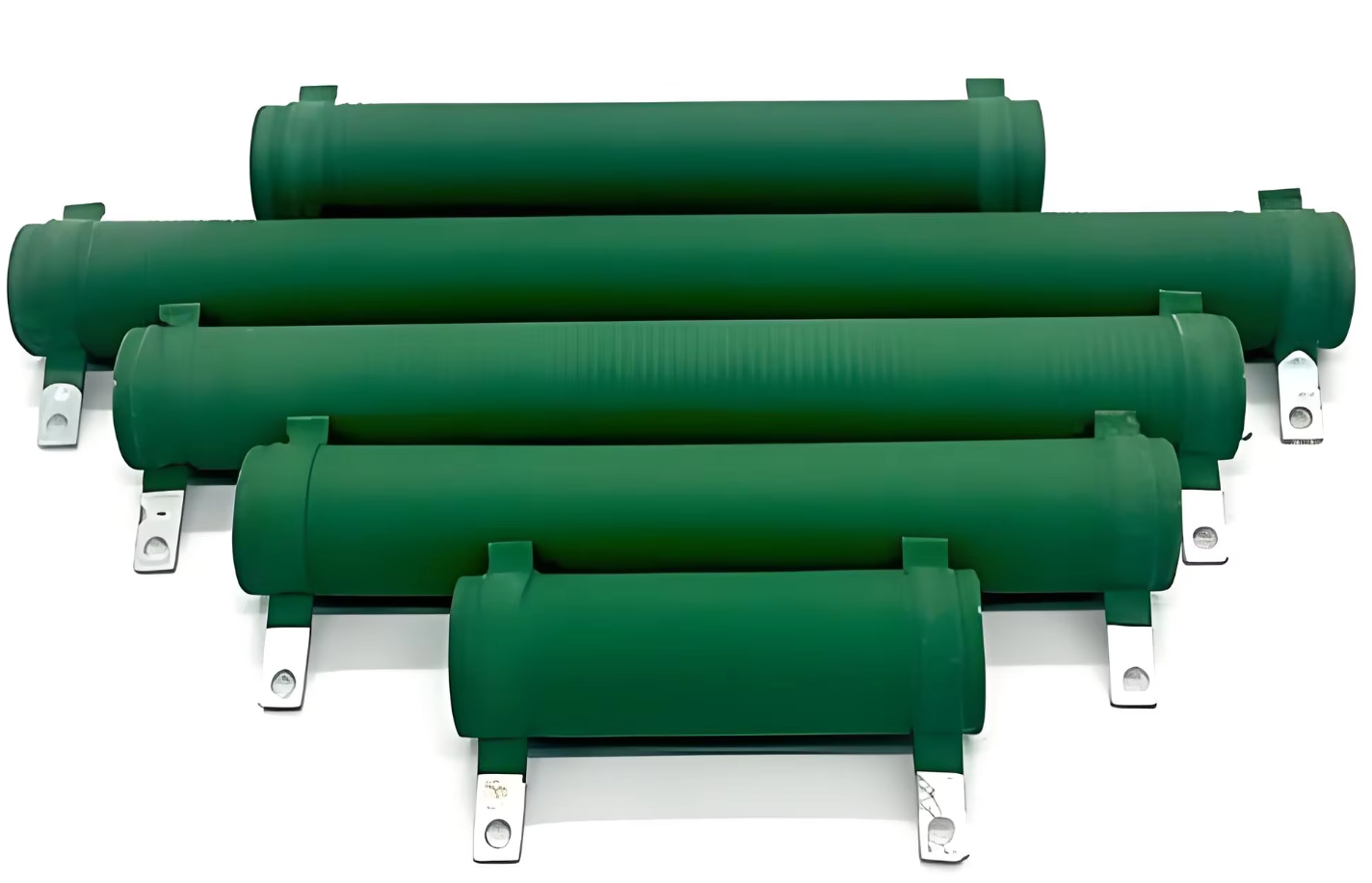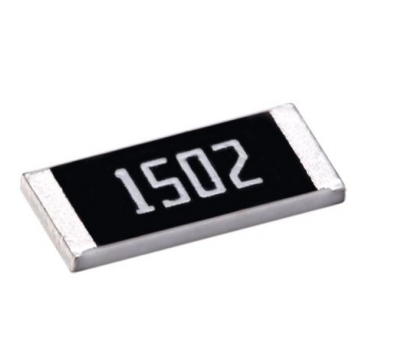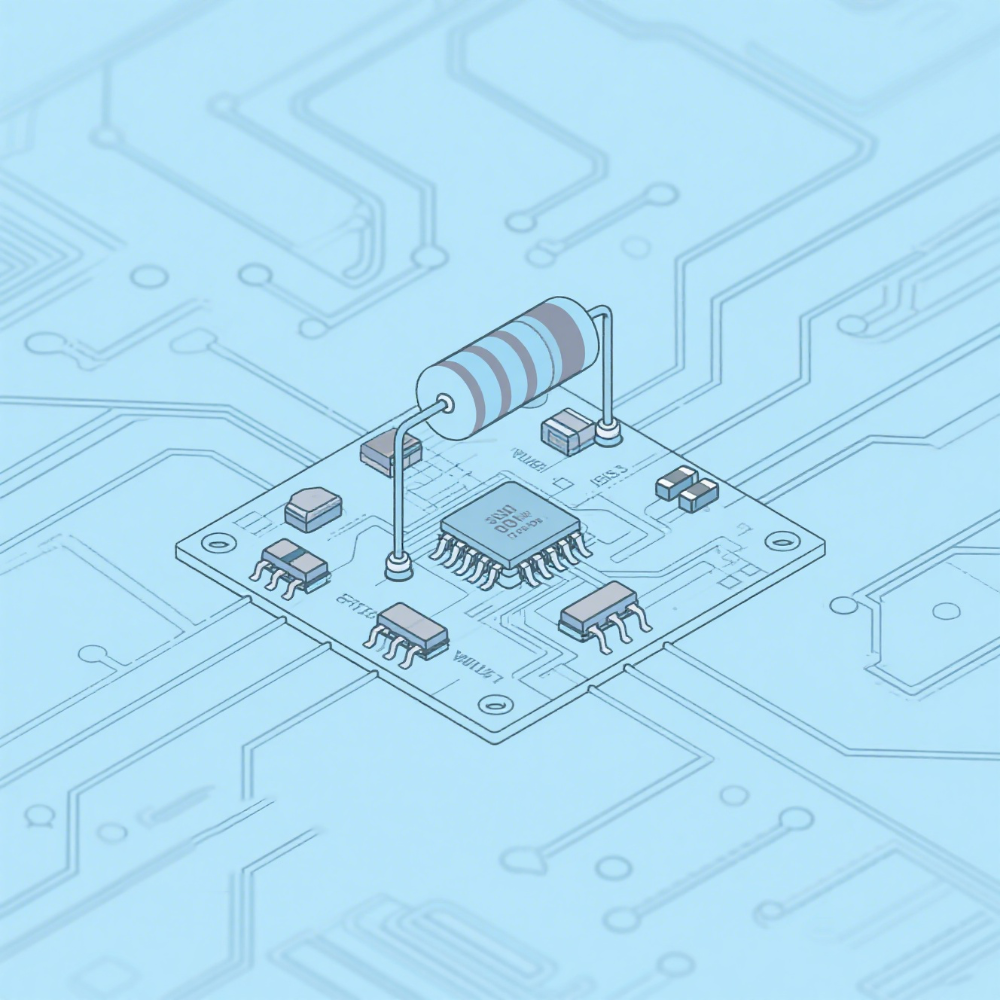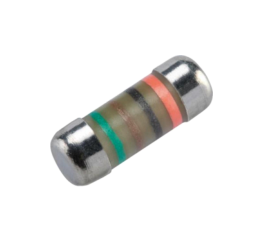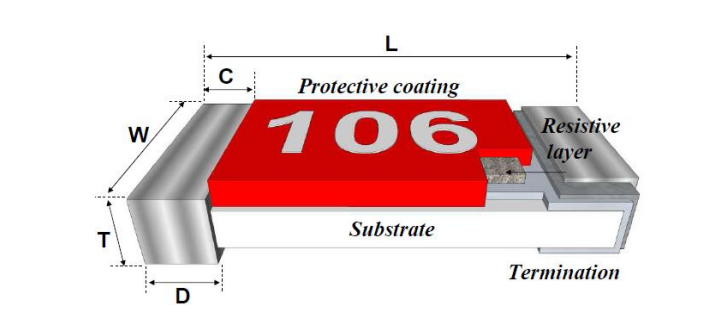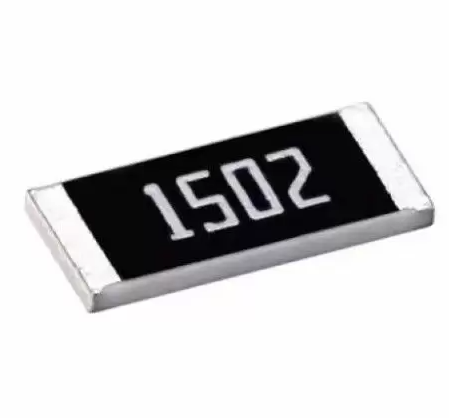Introduction
High voltage resistors play a crucial role in electronic systems, particularly in overvoltage protection and surge protection applications. These components are essential for ensuring the safety and reliability of power supplies, industrial equipment, and sensitive electronic devices. In this article, we will explore the importance of high voltage resistors in overvoltage and surge protection, their key characteristics, selection criteria, and provide practical solutions for implementing effective protection strategies.
As electronic systems become more complex and operate at higher voltages, the risk of damage from voltage spikes and surges increases. High voltage resistors are specifically designed to handle these high voltage scenarios and provide a critical layer of protection. However, selecting the right high voltage resistor for overvoltage and surge protection requires careful consideration of various factors.
Importance of High Voltage Resistors in Overvoltage and Surge Protection
In many electronic applications, voltage spikes and surges can occur due to various factors such as lightning strikes, power grid fluctuations, or switching operations. These transient overvoltages can cause significant damage to sensitive components and lead to system failures. High voltage resistors are specifically designed to dissipate excess energy during these events and limit the voltage across protected components.
By providing a path for the excess current to flow through, high voltage resistors help prevent voltage levels from exceeding the maximum ratings of sensitive components. This protection is vital in power supplies, industrial automation systems, medical equipment, and renewable energy applications where voltage transients are common.
The question arises: How can we ensure that high voltage resistors effectively protect against overvoltage and surge events in different application scenarios?
Key Characteristics of High Voltage Resistors
To effectively address overvoltage and surge protection, high voltage resistors must possess certain key characteristics:
High Voltage Rating: The resistor must be able to withstand the maximum voltage levels expected in the application without breaking down.
High Power Dissipation: It should be capable of dissipating the energy from voltage spikes without overheating or being damaged.
Low Inductance: High voltage resistors used in fast transient protection should have minimal inductance to avoid unwanted inductive effects.
Stability: The resistor should maintain its resistance value and performance characteristics over time and under varying environmental conditions.
Reliability: Given the critical nature of protection applications, high voltage resistors must be highly reliable with a low failure rate.
These characteristics ensure that high voltage resistors can effectively limit voltage levels and dissipate energy during overvoltage and surge events.
Selection Criteria for High Voltage Resistors
Selecting the appropriate high voltage resistor involves considering several factors:
Voltage Requirements: Determine the maximum voltage the resistor needs to withstand based on the application's voltage levels and potential transients.
Power Handling: Calculate the required power dissipation based on the expected surge currents and durations.
Resistance Value: Select a resistance value that provides adequate current limiting while not affecting the normal operation of the circuit.
Package Type: Choose between through-hole, surface-mount, or other packaging options based on the circuit board layout and environmental considerations.
Temperature Coefficient: Consider the resistor's temperature coefficient to ensure stability over the operating temperature range.
Reliability and Quality: Opt for resistors from reputable manufacturers with proven reliability and quality assurance.
By carefully evaluating these criteria, engineers can select high voltage resistors that meet the specific demands of their overvoltage and surge protection applications.
Practical Solutions for Overvoltage and Surge Protection
Implementing effective overvoltage and surge protection requires a systematic approach. Here's a step-by-step solution:
Analyze the Application: Identify the voltage levels, potential transient sources, and sensitive components that need protection.
Determine Protection Requirements: Calculate the required voltage clamping and energy dissipation based on the analysis.
Select High Voltage Resistors: Choose resistors with appropriate voltage ratings, power dissipation capabilities, and resistance values using the selection criteria discussed earlier.
Design the Protection Circuit: Incorporate the high voltage resistors into the circuit in a way that limits voltage across sensitive components during transients.
Test and Validate: Perform testing under simulated transient conditions to ensure the protection circuit functions as intended.
For example, in a power supply application with a maximum voltage of 500V and potential lightning-induced surges, selecting high voltage resistors with a voltage rating of at least 1000V and power dissipation of 10W or higher would provide adequate protection. The resistance value should be chosen to limit the surge current to a safe level for the protected components.
Comparison Table of High Voltage Resistors
| Resistor Type | Voltage Rating | Power Dissipation | Resistance Range | Inductance | Temperature Coefficient | Typical Applications |
|---|---|---|---|---|---|---|
| Ceramic High Voltage Resistors | Up to 20kV | 0.1W to 20W | 100Ω to 10MΩ | Low | 50-100 ppm/°C | Power supplies, surge protection |
| Wirewound High Voltage Resistors | Up to 15kV | 5W to 50W | 1Ω to 1MΩ | Medium | 20-50 ppm/°C | Industrial power systems, motor control |
| Film High Voltage Resistors | Up to 10kV | 0.125W to 5W | 10Ω to 10GΩ | Low | 25-75 ppm/°C | Measurement equipment, telecommunications |
| Bulk Metal High Voltage Resistors | Up to 5kV | 0.25W to 3W | 100Ω to 10MΩ | Very Low | 5-20 ppm/°C | High precision applications, medical devices |
This table provides a comparison of different high voltage resistor types based on their characteristics, helping engineers make informed selection decisions for overvoltage and surge protection applications.
Conclusion
High voltage resistors are indispensable components in overvoltage and surge protection systems. By understanding their importance, key characteristics, and selection criteria, engineers can implement effective protection strategies to safeguard electronic systems. The practical solutions outlined in this article, along with the comparison table, provide valuable guidance for selecting the right high voltage resistors for specific applications. With careful consideration and proper implementation, high voltage resistors can reliably protect against voltage spikes and surges, ensuring the longevity and reliability of electronic equipment.


